Advertisement
As temperatures rise, ‘climate smart’ trees sprout in Minnesota
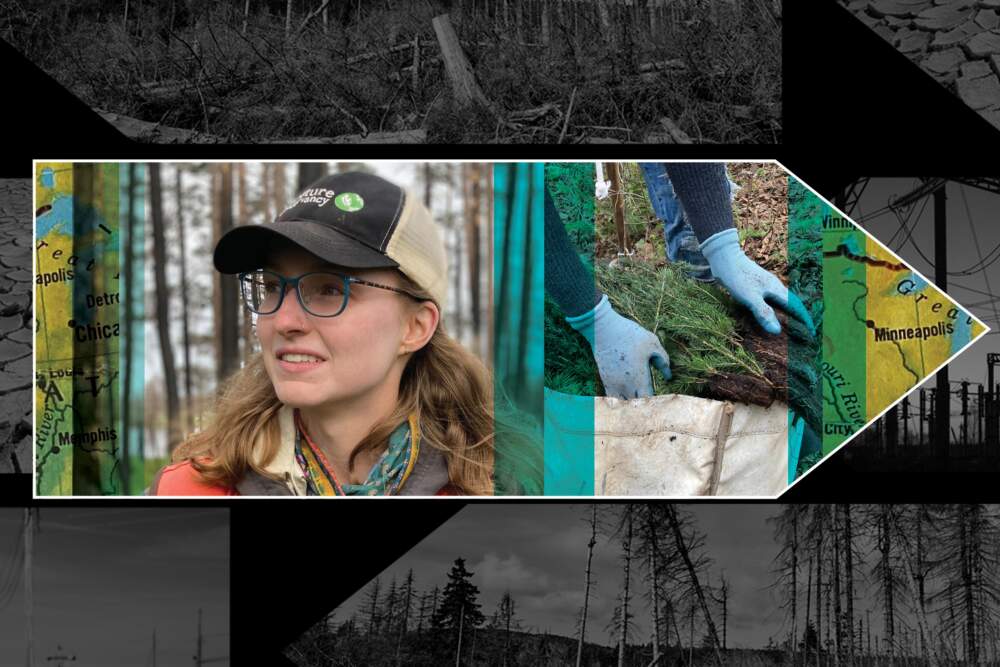
Find out more about our Reverse Course series here.
In August 2021, a wildfire ripped through the Superior National Forest in northern Minnesota, scorched more than 26,000 acres and nearly burned Michael Furtman’s cabin to the ground.
The flames stopped just a few feet from his front door, but wiped out entire stands of towering white pine trees that were once visible from his dock on McDougal Lake.
“We were in the midst of a drought, hot and dry,” Furtman says. “The winds shifted and blew the fire right down our throats.”
A third of Minnesota is covered in forest, which has lured outdoor enthusiasts for generations and supported native communities for much longer. But warmer temperatures, drought and disease are putting stress on the state’s trees. In northern Minnesota, average low temperatures during the winter have soared more than 7 degrees since 1895.
Today, it’s easy to see how drought and fire transformed the landscape around McDougal Lake. It also presented an opportunity. This spring, crews from the Nature Conservancy planted new trees designed to thrive into the future.
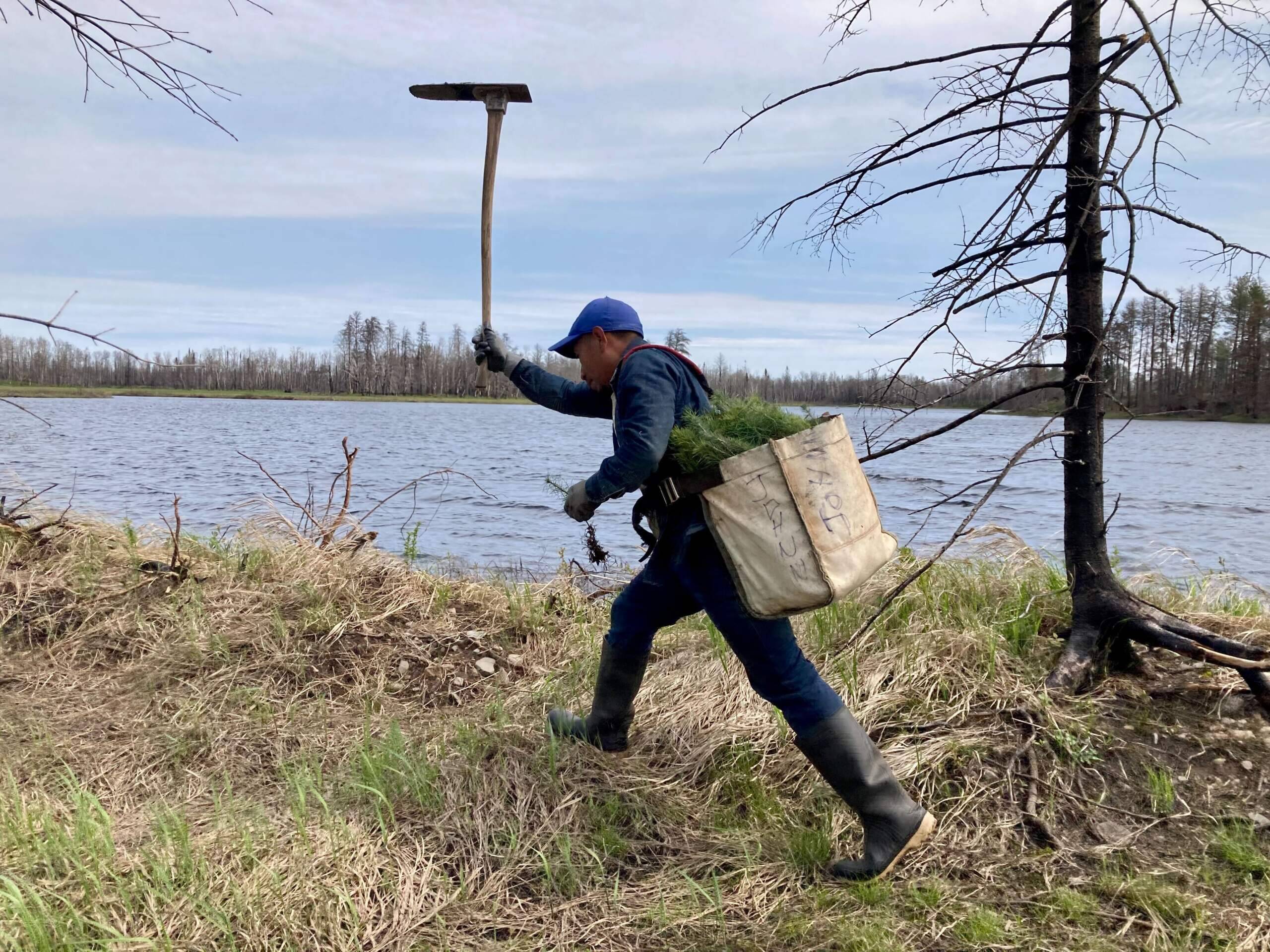
These “climate-smart” trees are the best chance to save the state’s forests from the ravages of climate change, according to researchers and advocates who are trying to plant millions of them in the years ahead.
Giving the forest ‘a helping hand’
Each spring, once the snow has melted from the forest floor, the Nature Conservancy sends an army of workers through northern Minnesota to plant a new generation of trees.
About a quarter of the 1.4 million trees the group planted in Minnesota this year were “climate-adapted,” says Laura Slavsky, a resilience forester for the conservation group who was overseeing the work at McDougal Lake.
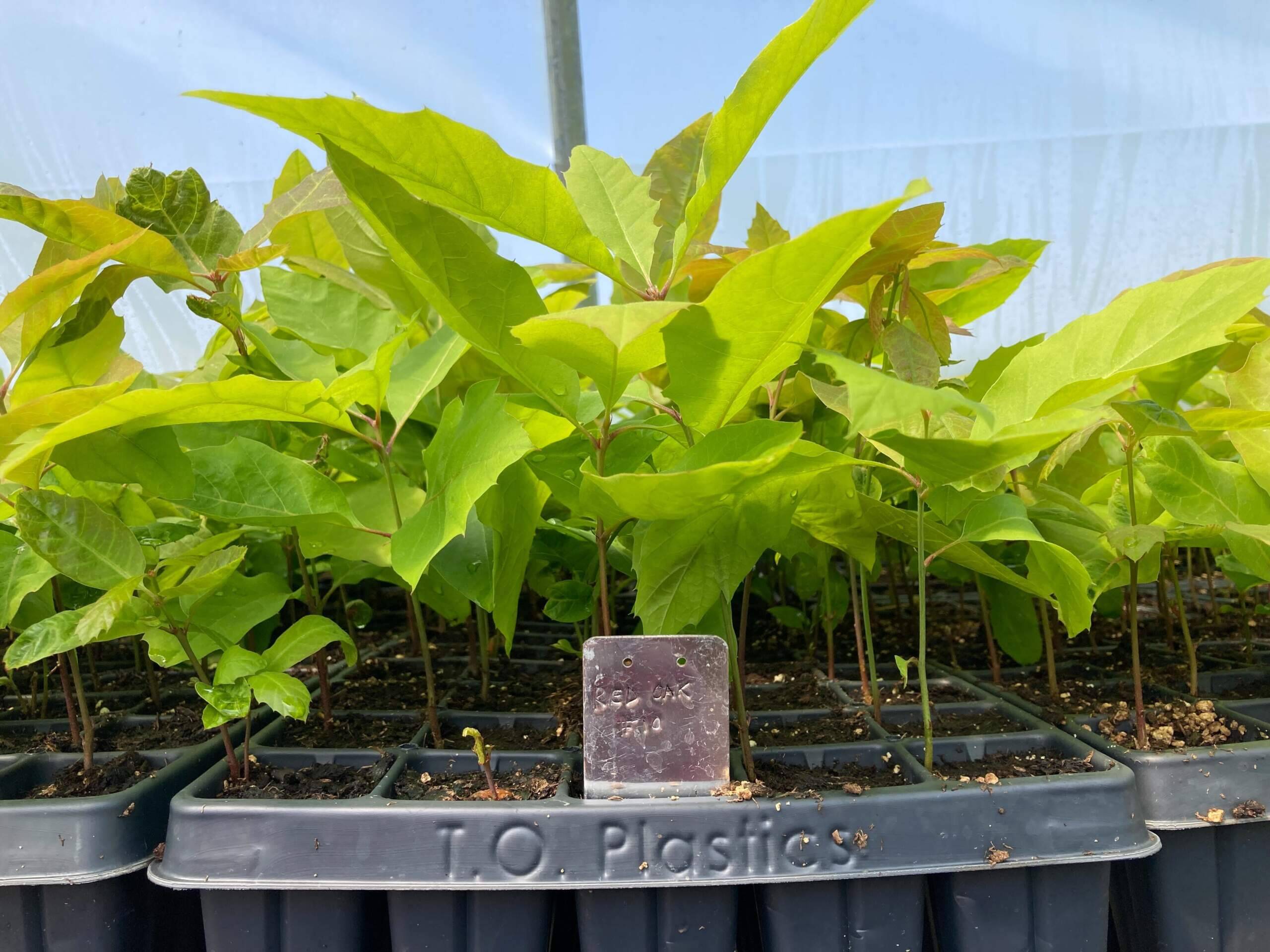
That means the seeds that grew some of the new white pine trees on the island were collected one seed zone south of where they were eventually planted in the Superior National Forest. That distance of up to 200 miles is enough to make its genes slightly different from the white pine that grows on the island naturally, Slavsky says.
Trees taken from further south are more adapted to warm temperatures, “so they’re predicted to do better,” Slavsky says. “Without a helping hand, I think the forests will see a lot more stresses and mortality.”
This kind of “helping hand” is known as forest-assisted migration. Julie Etterson, a researcher at the University of Minnesota Duluth, has been studying whether it works.
She took red oak and bur oak trees from the warmer, southern regions of Minnesota and planted them in the north. Every year, she tracked their progress to figure out if the more-southern population was doing better.
Advertisement
“It was,” she says. “There's significantly higher survival and better growth when they are transplanted into a climate that matches where they used to live.”
Etterson says there were no differences in growth or survival of the white pine she planted. Her work is the backbone for assisted-migration evangelists like David Abazs at the University of Minnesota Extension.
“These trees are more resilient and provide a foundation for a continuous canopy of forest as the climate continues to change,” says Abazs, who also helped facilitate a group called the Forest Assisted Migration Project.
It’s part of a bigger goal to reforest a million acres in the state in the next two decades, and Abazs is recruiting seed collectors and farmers to grow climate-smart trees that will eventually be sold to groups like the Nature Conservancy for planting.
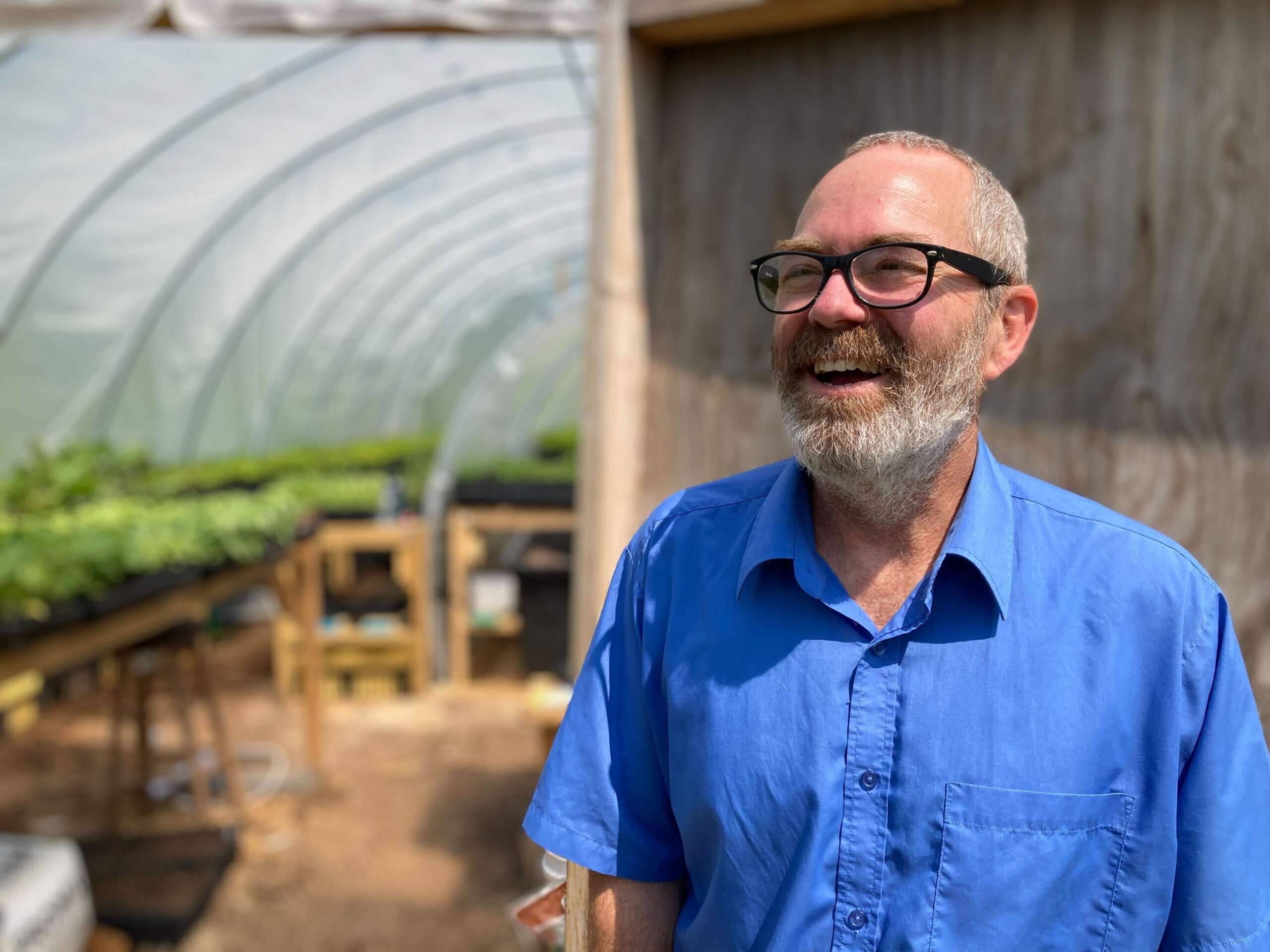
The task is tremendously challenging. To replant that many acres by 2040, the Nature Conservancy predicts it would need 43 million seedlings a year — eight times the current level of production.
“If we don’t do this — according to the scientists and all the models that I’ve looked at — we’re looking at prairies moving all the way up to Duluth,” Abazs says. “We’re looking at a great transformation, because, guess what, trees can’t walk as quick as climate change.”
Assessing the risk
Plants and animals will migrate on their own as the climate changes, but there’s always a risk when humans intervene. A tree that's not native to the forest might carry a new disease or grow so well that it becomes an invasive species.
The cane toad invasion in Australia is a classic example. In the 1930s, researchers brought a new species of toad to the continent to help control a sugarcane beetle. Today, millions upon millions of toads have spread across the country, wreaking havoc on the environment.
“The track record of moving plants around the world is terrible,” says Doug Tallamy, a professor of agriculture at the University of Delaware. “We do want to fight climate change by planting trees. That’s a good idea. But planting the wrong trees is a disaster.”
David Abazs is aware of the risk. He says the safest climate-adapted trees to plant in northern Minnesota are the ones that are already there — like the oak trees with southern Minnesota genetics in Etterson’s study.
He calls those “green trees” that can be planted without concern.
“Red trees” come from states that are much further south and would have no chance of migrating on their own to Minnesota anytime soon.
“I love tulip poplar,” Abazs says. “Is it appropriate for our area? I don’t think so.”
“There’s trepidation, certainly,” says Ben Benoit, a district ranger with the Chippewa National Forest. Benoit is also a member of the Leech Lake Band of Ojibwe. “I’ve been taught that if you care for the land, it will care for you.”
The tribe has lived off the bounty of the forest and its waterways for generations, and believes every being in the forest is a relative — even the trees, Benoit says.
He supports creating a diverse forest to combat the effects of climate change but adds that some tribal members are worried about human intervention.
“Treating things like an experiment isn’t the way that we’re taught to care for our relatives on the land,” Benoit says.
‘Pushing the envelope’ to confront dire climate projections
The Chippewa National Forest, where Benoit works, is also home to an ambitious assisted-migration study that’s nearly a decade old. Since 2014, Brian Palik has been leading an experiment for the U.S. Forest Service to test various climate-change adaptation strategies.
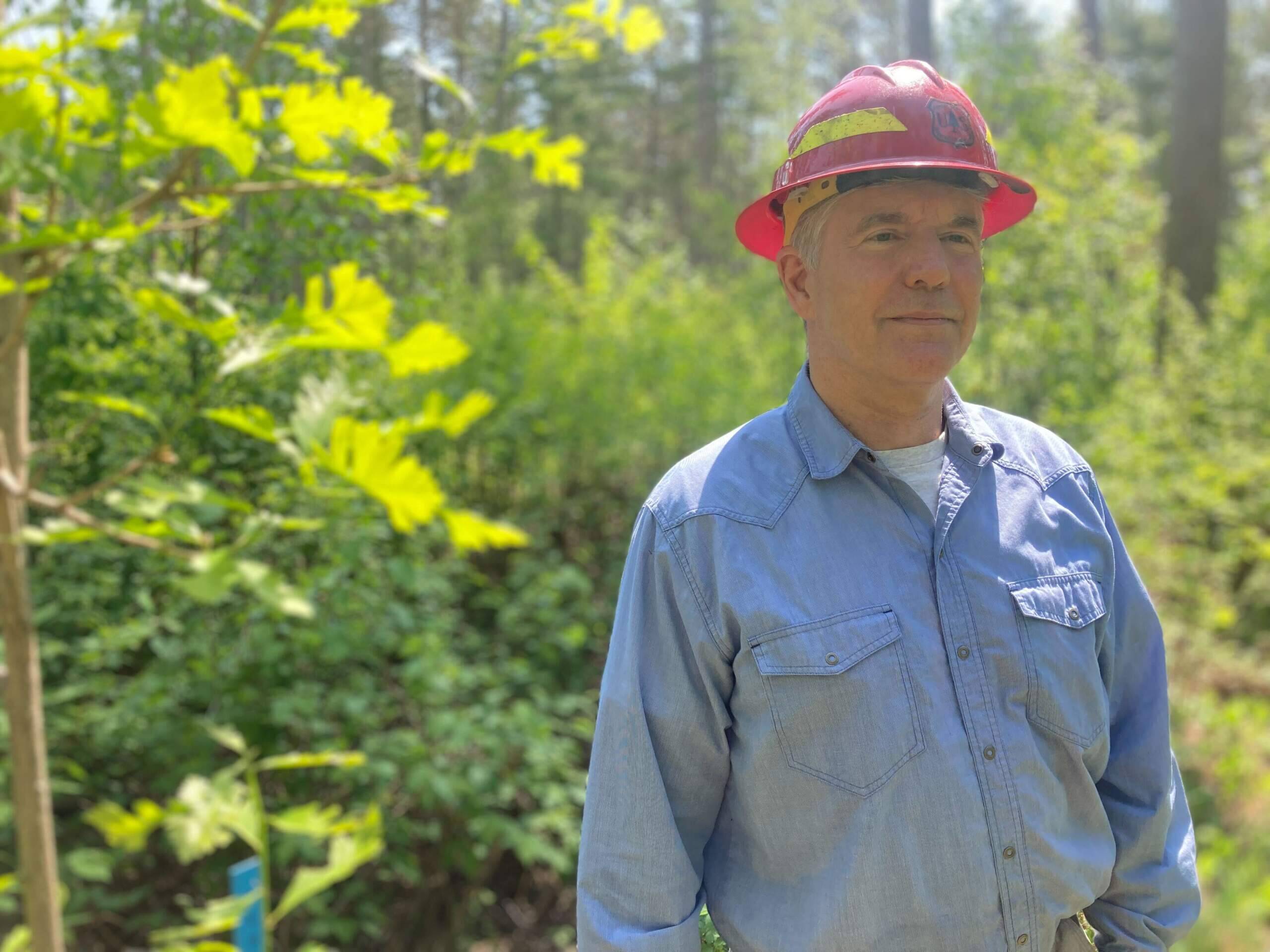
Some of the trees in the Cutfoot Experimental Forest come from Minnesota — bur oak, jack pine and red maple. Others most certainly do not. As he walked down a wooded path, Palik acknowledged that some of the trees were “pushing the envelope.”
There are thriving bitternut hickory from southern Michigan and central Illinois.
“One of the most radical trees we brought in was the ponderosa pine,” he says.
Ponderosa pine is native to the Western United States and grow as far south as Arizona. The trees in Palik’s study are from the Black Hills of South Dakota, Nebraska and Montana.
Three-quarters of the ponderosa pine in this experiment have already died, “but when they do survive, they grow like gangbusters,” Palik says. “They are the fastest growing thing we've planted out here.”
The way so many southern trees are thriving tells Palik the climate has already dramatically changed. In fact, Minnesota is one of the fastest-warming spots in the country.
“I don’t think we can sit around and wait to see what happens,” says Palik, who predicts temperatures will accelerate even faster in the future. “When we’re thinking about another 9-degree mean annual temperature increase in this part of Minnesota by the end of the century, we have to look at trees that are adapted to that. They’re probably not here right now.”
This segment aired on June 26, 2023.

